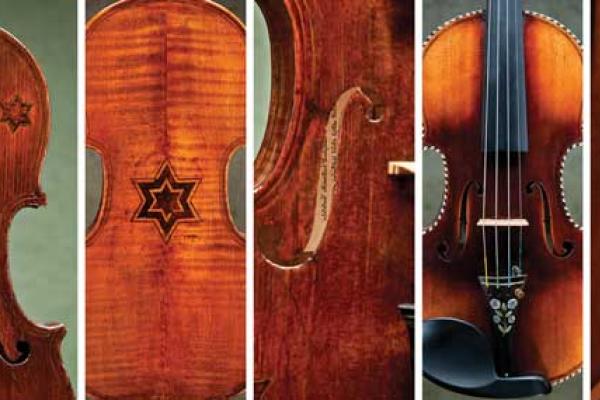CHARLOTTE, N.C. -- Another voice from the past is telling the stories of the Holocaust.
Violins that outlived the owners who played them in the death camps and Jewish ghettos are being brought back to life by Amnon Weinstein in his shop in Tel Aviv. As Yom Hashoah (Holocaust Remembrance) gatherings occur around the world in April, 18 violins tracked down and repaired by Weinstein will be unveiled in Charlotte, N.C.
A dozen public concerts, worship services and other programs throughout the month are expected to attract thousands who are drawn to the music, and the history behind each instrument -- the first time the violins will be shared with the public in North and South America.
Weinstein hopes he can bring the violins to other communities, in a bid to recall the 6 million Jews and 5 million others who perished at Hitler's hand.
Read the Full Article

